The History of Leather Craft in Japan
The history of leather craftsmanship in Japan dates back to the Nara period (around the 8th century). Leather was primarily used for samurai armor and horse gear. By the Edo period (17th–19th century), leather became more common in everyday items such as wallets and shoes. In the Meiji era (late 19th century), Western culture influenced Japan, leading to a rise in leather products such as bags and footwear. Today, Japanese leather goods are known for their exceptional quality and are highly regarded worldwide.
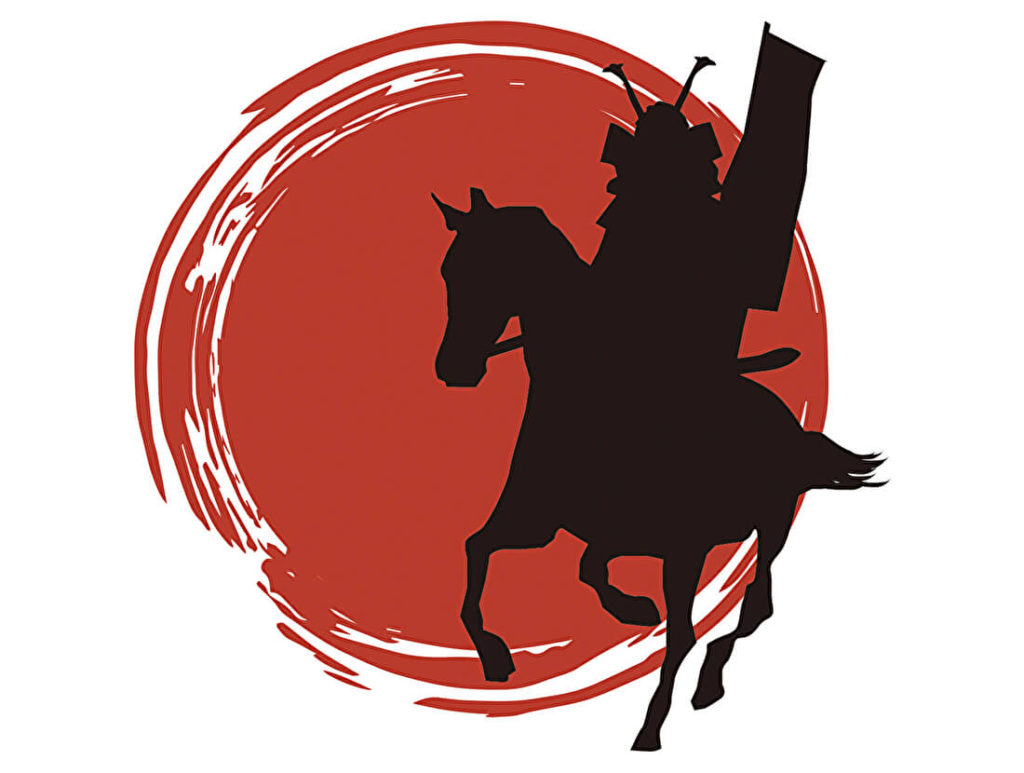
A Unique Backpack for Japanese Schoolchildren
Among Japan’s many leather products, there is one special type of bag unique to the country. Most Japanese children use it throughout their six years of elementary school. Do you know its name? It’s called a “randoseru.” If the pronunciation seems difficult, try remembering it as “LAN-DO (like in Do-Re-Mi) -CELL!”
Why Randoseru Holds a Special Meaning
The word “randoseru” comes from the Dutch word “ransel,” which means “backpack.” Originally introduced in Japan as military gear, it gradually evolved into a school bag for students. Made of genuine leather or synthetic leather, the randoseru is a strong and durable backpack-style bag. Since children use the same randoseru for all six years of elementary school, it has become a symbol of Japanese school life.
In Japan, the school year starts in April, during the cherry blossom season. Seeing young children with their brand-new randoseru marks a significant milestone in a family’s journey of raising a child. At the beginning of their school life, the randoseru often looks oversized on the child’s back. But as they grow, the bag appears smaller over time—a heartwarming sight for parents.
A randoseru is not only durable but also designed for comfort. Because of its high-quality craftsmanship, it has become a popular souvenir among international visitors.
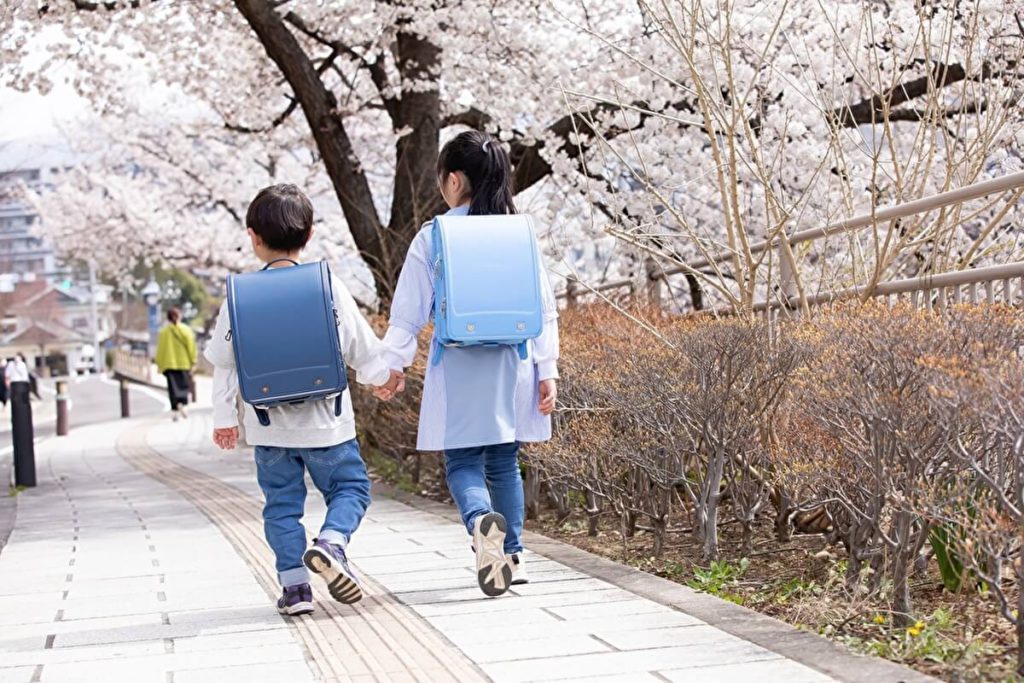
The Ultimate Randoseru-Making Experience – HEXION
HEXION is run by a passionate husband-and-wife duo, Haruki and Hiromi. Haruki wanted to share the charm of leather randoseru with people overseas, so he asked Hiromi to help translate his ideas. That simple request led to their first meeting, and now, they run the business together, combining their skills and passion for handmade leather goods.
Wouldn’t it be wonderful if you could create your very own genuine leather randoseru? In Tokyo, there is a workshop that can make this dream come true!
Introducing “HEXION,” a specialty leather craft workshop. The shop’s name, “HEXION,” is inspired by the Japanese onomatopoeia for a sneeze, “Hexion!” Did you know that in Japan, there’s a superstition that if you sneeze, someone might be talking about you? The owner named the shop with the hope that their craftsmanship would become something people talk about and appreciate.
At HEXION, not only can you order custom-made leather goods, but you can also create handcrafted items yourself. From coin purses and card cases to bags—and even randoseru! Imagine making a randoseru together with your family—parents, siblings, and grandparents—all crafting a special bag filled with love and memories. Wouldn’t that be amazing?

Workshop Process
Coin purse: Approx. 1 hour
Randoseru: 2-day process
Steps to Make a Randoseru:
- Day 1: Cut the leather and create the flap
- Day 2 (Morning): Assemble and shape the parts
- Day 2 (Afternoon): Stitch everything together with a sewing machine to complete the bag
Throughout the process, expert artisans will guide you every step of the way, ensuring that even young children can participate safely. Would you like to create a one-of-a-kind randoseru with your family or friends? Workshops are available in English, so travelers can also enjoy this unique experience!
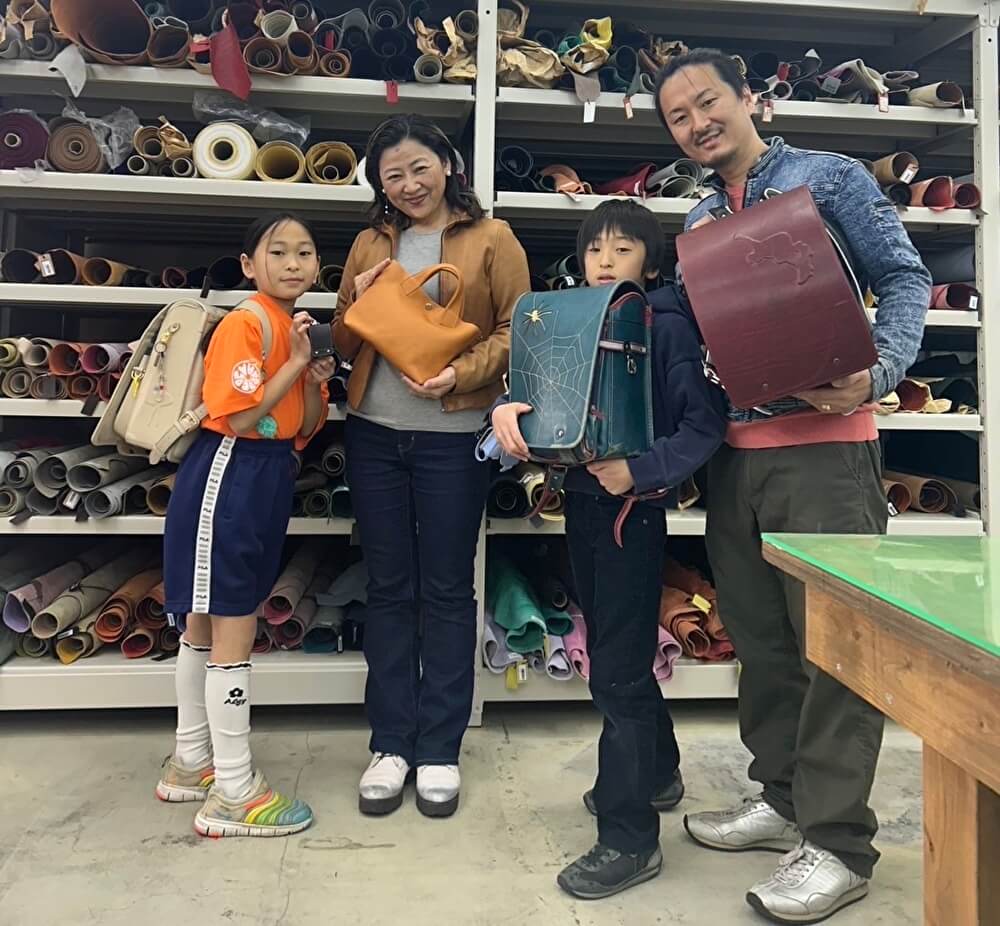
Randoseru Remake – Giving New Life to Old Memories
At HEXION, they also offer a Randoseru remake workshop service. If you have a Randoseru filled with six years of childhood memories, why not transform it into a new item? From small accessories to practical goods, you can keep a part of your cherished randoseru in your daily life.
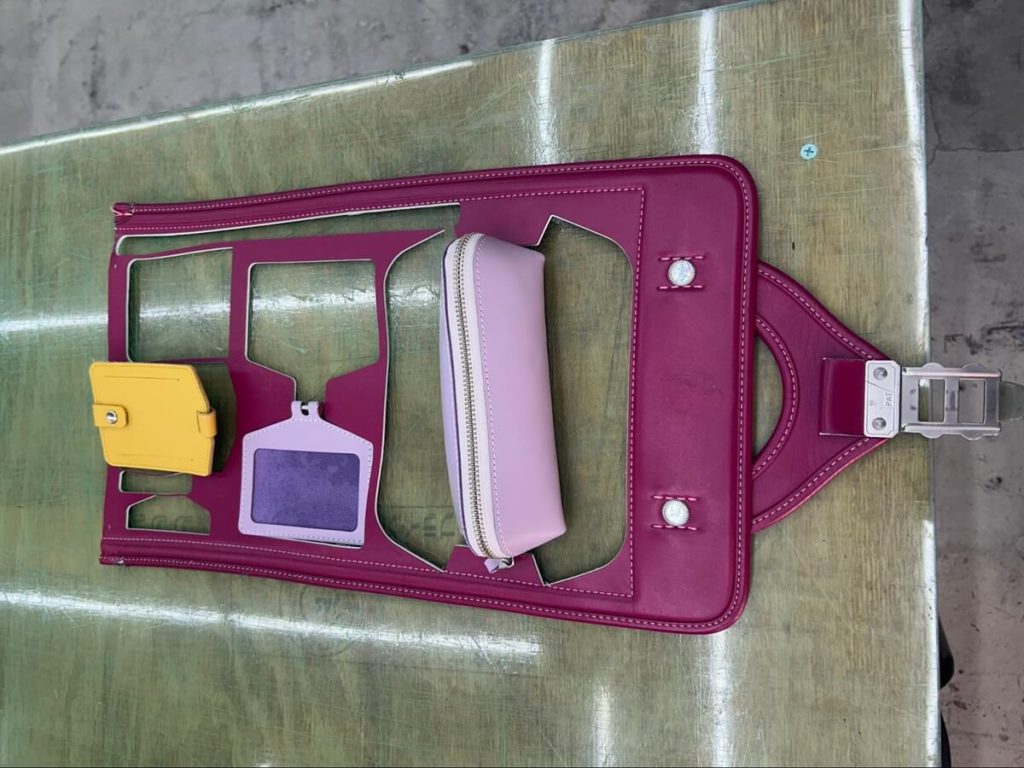
The Beauty of Handmade Leather Goods
We had the opportunity to ask Haruki and Hiromi about the charm of handmade leather goods.
The true charm of handmade leather products is not just in the bag itself but in the memories created while making it. Leather goods are not just something you use—they are something you live with. Caring for your leather bag, reminiscing about the time spent crafting it, and growing more attached to it over the years—this is the magic of handmade leather.
At HEXION, the owners always say, “We hope to build a 100-year relationship with our customers through leather goods.” Why not start your journey with a one-of-a-kind randoseru of your own?]
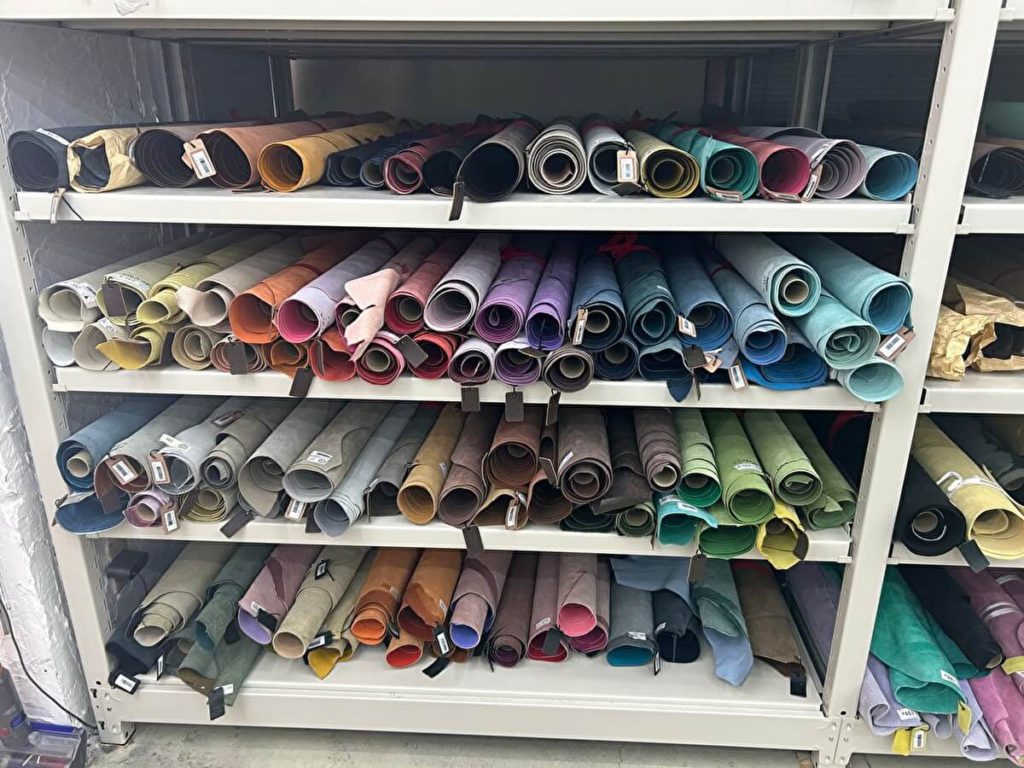
I live in Osaka and volunteer as a Japanese teacher. After I retire, I’d love to live in Malta in the Mediterranean or on Yakushima Island in Japan someday.

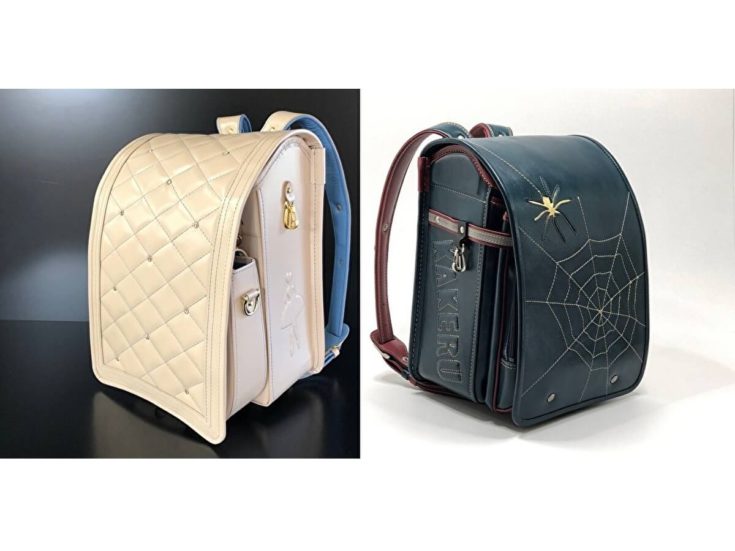



 HTJ has a YouTube page! Check it out
HTJ has a YouTube page! Check it out
I enjoyed this article. When I was child, randseru color were only red and black.
But I am surprised that today`s randseru come in many colors.
And from your article, I learned that I can make colorful randseru by myself and
even make custom stitching.
If my children had not started elementary school yet, I would have wanted to make
special one.
Hi, Asuka!
Thanks so much for reading my article and leaving such a comment!
Yeah, kids these days are lucky to have so many colorful randoseru options.
If I ever find my old randoseru, I think it’d be fun to try and remake it into something new too!
Thanks again for your message.